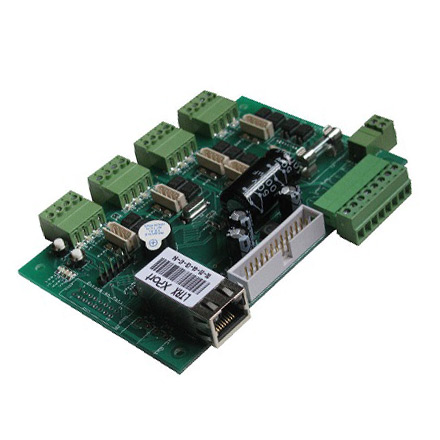

The Art and Functionality of Tinted Glass Colors
Tinted glass has been a popular architectural and design choice for many years, serving both functional and aesthetic purposes. With a variety of colors and shades available, tinted glass not only enhances the visual appeal of buildings but also contributes to energy efficiency, privacy, and UV protection. This article explores the significance of tinted glass colors, their applications, and the psychology behind color choices in design.
Understanding Tinted Glass
Tinted glass is produced by mixing color additives with glass during fabrication. Various levels of tinting can significantly alter the appearance, light transmission, and thermal properties of the glass. The most common tinted shades include gray, bronze, blue, and green, each providing unique benefits and characteristics that make them suitable for different applications.
Benefits of Tinted Glass Colors
1. Energy Efficiency One of the primary advantages of tinted glass is its ability to reduce solar heat gain. Darker tints can reflect a significant amount of solar radiation, keeping indoor spaces cooler and reducing reliance on air conditioning. This not only helps in conserving energy but also lowers energy costs.
2. Glare Reduction Tinted glass minimizes glare from sunlight, making it a popular choice for offices, homes, and public spaces. By reducing glare, tinted glass creates a more comfortable environment, enhancing productivity and reducing eye strain for occupants.
3. Privacy The opacity provided by tinted glass allows for greater privacy without entirely sacrificing natural light. This feature is particularly beneficial for residential settings, bathrooms, or commercial spaces where discretion is crucial.
4. UV Protection Tinted glass can block a significant percentage of harmful ultraviolet (UV) rays, which can fade furniture, flooring, and artwork. By choosing tinted options, homeowners and businesses can protect their interiors from sun damage while maintaining a stylish aesthetic.

5. Aesthetic Appeal Color is a crucial element in architecture and design. Tinted glass adds visual interest and personality to a building. Architects and designers carefully consider color choices to complement the overall design, brand identity, or natural surroundings. For instance, blue-tinted glass can evoke a sense of calm and tranquility, while green-tinted glass blends seamlessly with nature.
The Psychology of Color
Colors evoke emotions and convey messages, making them a powerful tool in design. When it comes to tinted glass, understanding the psychology of color can enhance the design's effectiveness
- Blue Tinted Glass Often associated with serenity and professionalism, blue glass is frequently used in corporate buildings and healthcare facilities. It creates a feeling of trust and calm, promoting a productive environment.
- Green Tinted Glass Evocative of nature, green glass connects with the environment, making it suitable for eco-friendly buildings and spaces designed for relaxation. This color is often used in spas and wellness centers.
- Gray Tinted Glass Gray provides a modern and sleek aesthetic, appealing to contemporary architectural styles. It is often used in commercial buildings to project sophistication without being overly ostentatious.
- Bronze Tinted Glass Offering a warm, inviting feel, bronze glass is popular in residential settings. It provides a classic look while effectively reducing glare and solar heat gain, making it an excellent choice for living spaces.
Conclusion
Tinted glass colors play a significant role in modern architecture and design. They enhance energy efficiency, reduce glare, provide privacy, and protect interiors from UV rays while adding a unique visual dimension to buildings. The psychology of color further emphasizes the importance of careful selection in achieving desired emotional responses and aesthetic harmony. Whether in residential, commercial, or industrial applications, tinted glass continues to be an essential element of contemporary design, marrying function with artistry. As architectural trends evolve, tinted glass will undoubtedly remain a staple, adapting to new technologies and design philosophies in the pursuit of beauty and utility.